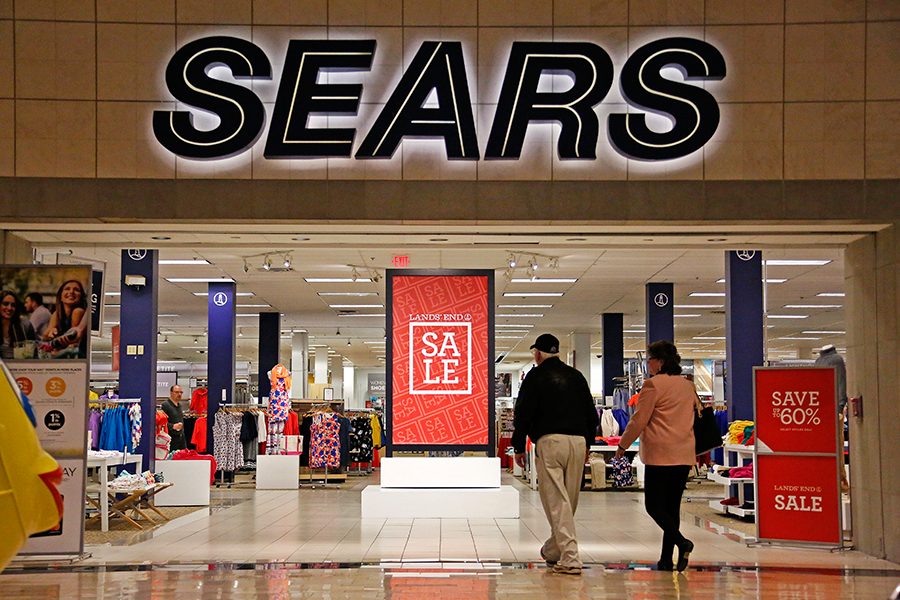Retails sales tick up in January, as consumer confidence grows
US retail sales rose more than expected in January, totaling $472.1 billion, the Commerce Department reported Wednesday. Economists had predicted a gain of 0.1 percent, but sales overall reached a 0.4 percent increase. The surge, pointing to a sustained domestic demand and improving economic prospects, will likely reflect economic growth in the first quarter, analysts say.
Based upon a strong month in December, in which sales were revised to show a 1.0 percent rise instead of the previously reported 0.6 percent advance, retail analysts forecasted a growing year for retail, and the new data is in line with the prediction.
“The economy is on firm ground as we head into 2017 and is expected to build on the momentum we saw late last year,” the National Retail Foundation (NRF) president and chief executive officer Matthew Shay said in a statement on Feb. 8. “With jobs and income growing and debt relatively low, the fundamentals are in place and the consumer is in the driver’s seat.”
While consumers pulled back on holiday shopping online in December, Americans spent more than expected at department stores, electronic and appliance stores, and clothing and sporting goods retailers in the new year, the report shows.
As total retail sales rose 5.6 percent over the last year, so-called core retail sales also rose 0.4 percent in the first month of the year. The core retail sales, which correspond most closely with the consumer spending component of gross domestic product, excludes automobiles, gasoline, building materials, and food services.
Despite some major department stores’ gloomy holiday numbers, sales at department store climbed 1.2 percent since December. Yet, the number still indicates the impact of online retailers, as sales at department stores were 3.2 percent lower compared to January 2016.
Similarly, Americans purchased more electronics and appliances last month, as the sales jumped 1.6 percent, the biggest rise since June 2015. But online transactions remained flat, after soaring 1.9 percent in December.
According to analysts, the greater spending underscores the views that economic growth will accelerate in the first quarter and the optimistic prospects of the job market. The unemployment rate remained low in January at 4.8 percent, as the economy grew at a 1.9 percent annualized rate in the fourth quarter.
“Prospects for consumer spending are straightforward – more jobs and more income will result in more spending,” NRF chief economist Jack Kleinhenz said in last week's statement.
Yet, some economics claim, after a rocky election and the first three weeks into the new presidency, the sales have potential to grow even more.
"Sales are growing at a decent clip, but the surge in consumers' confidence since the election is yet to translate into stronger spending," Ian Shepherdson, chief economist at Pantheon Macroeconomics, told the Associated Press.
The NRF projects retail sales will continue to rise throughout the year – as long as proposed policies such as border tax does not become a reality.
“This year is unlike any other – while consumers have strength they haven’t had in the past, they will remain hesitant to spend until they have more certainty about policy changes on taxes, trade and other issues being debated in Congress,” NRF's Mr. Shay said in the statement. “Lawmakers should take note and stand firm against any policies, rules or regulations that would increase the cost of everyday goods for American consumers.”
This report includes material from Reuters and the Associated Press.







